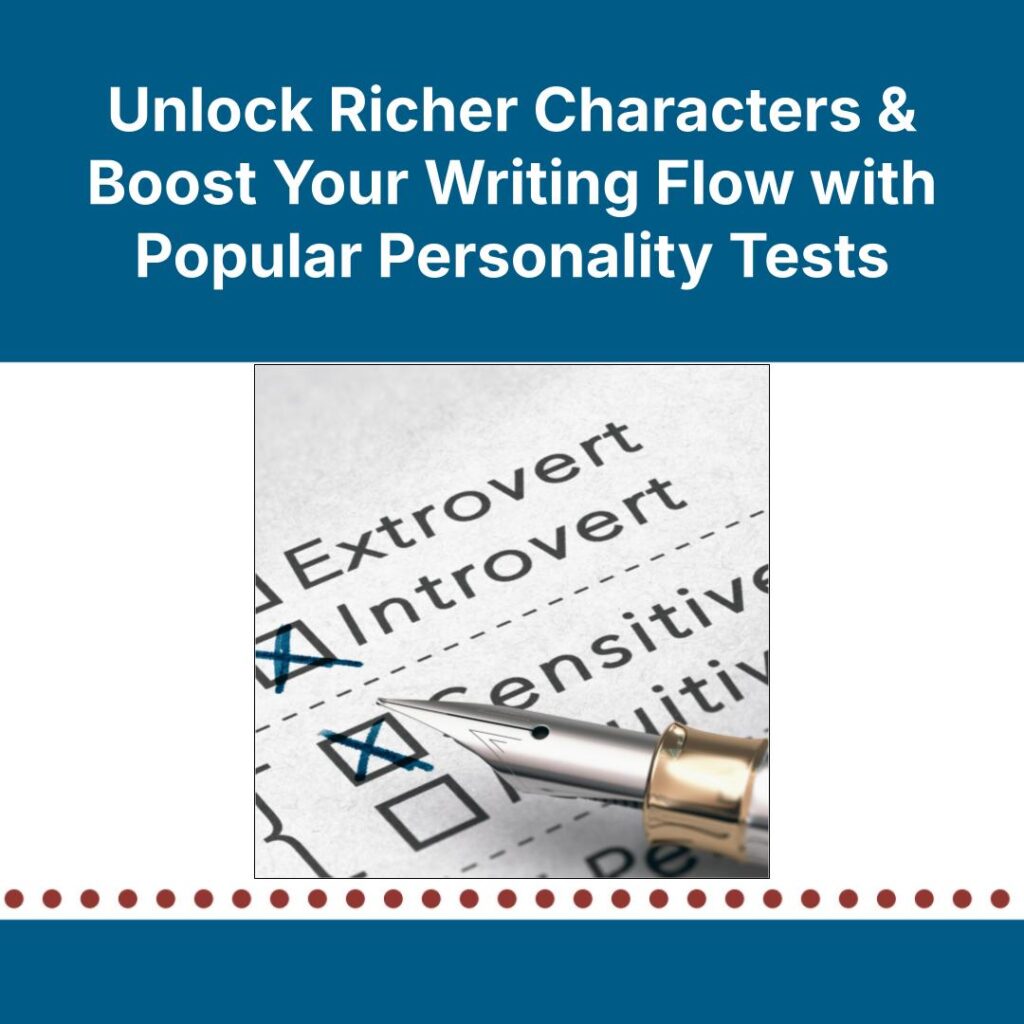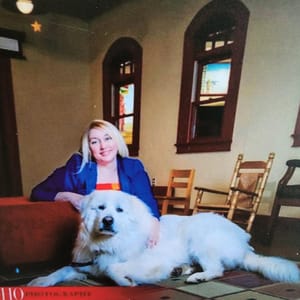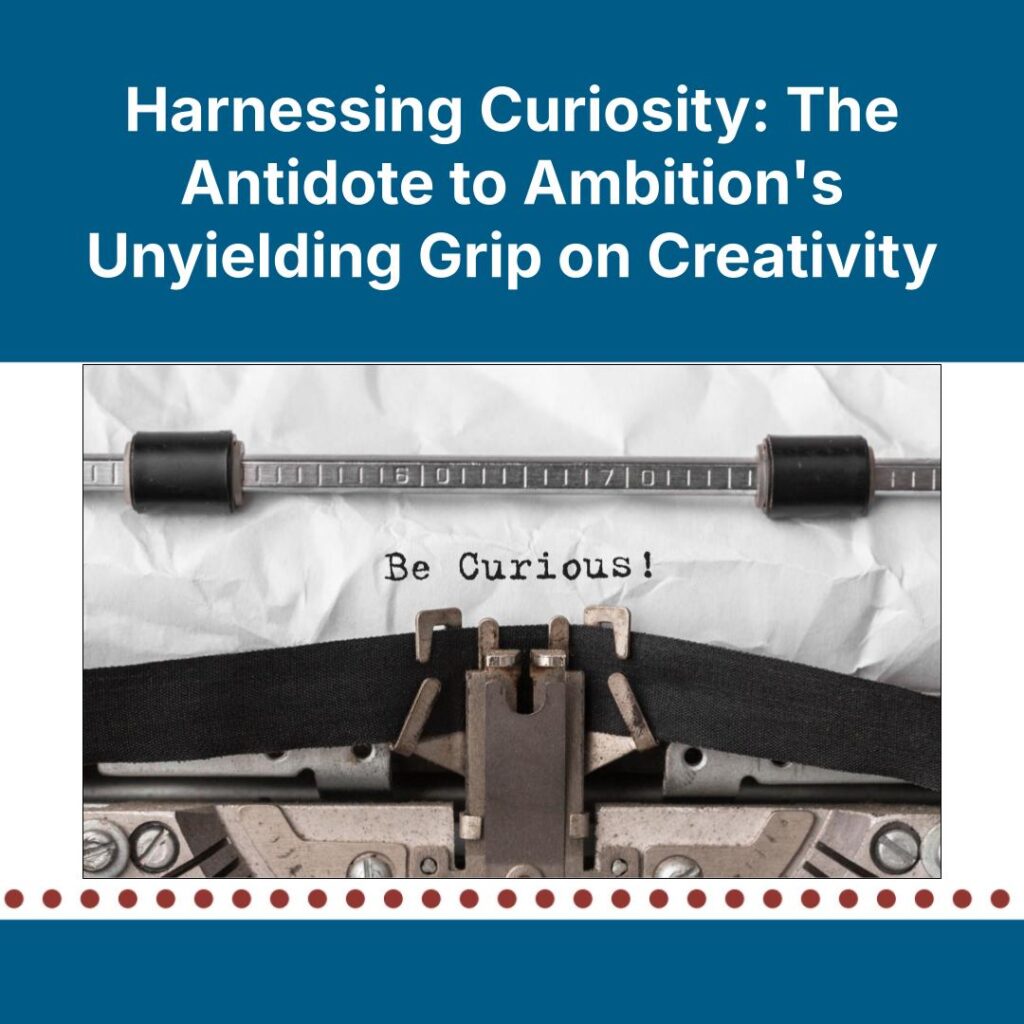At some point, every writer wonders whether their characters are too flat or too much like themselves. The plot might be moving along, but the scenes feel hollow. The middle sags. Dialogue loses direction. Often, the real issue isn’t pacing or structure but a lack of clarity around what your characters want and why.
We spend so much time thinking about what characters do that we can overlook what shapes those choices internally. That same blind spot can affect our own writing process. When motivation and behavior feel unclear, it’s easy to get stuck or lose direction.
Personality typing can help break through that by offering clear insights, both into your characters and into how you work as a writer.
Personality tests identify patterns in human behavior: how people solve problems, respond to conflict, make decisions, and relate to others. Most are rooted in psychological theory, influenced by thinkers like Carl Jung. Over time, researchers observed consistent tendencies in how people navigate the world and developed practical tools based on these patterns.
Thanks to the proliferation of these assessments on the internet, writers can now use them to diagnose issues in their writing process and to develop richer, more relatable characters.
Assess Yourself
Before applying personality tests to your characters, it’s worth understanding your own creative style. Gaining clarity on your natural tendencies can reveal why certain parts of your process feel easier than others.
Lauren Sapala, author and creativity coach, highlights the value of personality typing for writers in several of her books and courses. “Personality typing offers a way to recognize your intuitive strengths and tendencies, which can be a game-changer for writers who don’t follow a linear or ‘typical’ process,” she says. “It’s less about fitting into a box and more about understanding your unique creative flow.”
Taking a personality test, even a free online one, can reveal unexpected strengths or blind spots. Although some tests are designed for a clinical setting, they can shed light on your own tendencies from a relatively objective outside perspective.
Your results, whether you agree with them or completely disagree, are a starting point for deeper personal inquiry and growth, ultimately improving your writing style and your practice.
Assess Your Characters and Plot
Personality tests can also be powerful tools for building nuanced characters and stronger plots. Taking a personality test for your characters early in the drafting process helps clarify how they think, feel, and react throughout your story.
Kristen Kieffer, author and writing coach, writes that, for her, personality typing “cuts through the noise of possibility, making it easier to determine how your characters would realistically and cohesively think, speak, and act at each moment in your developing story line.”
Author Sarah Siedenburg agrees. “Typing the protagonist of my medieval fantasy novel, Beneath a Mourning Sky, revealed to me that Clìana Goddan was much more emotionally driven than I had originally conceptualized her to be,” she writes. “Rather than being evidence of her coldness, Clìana’s social detachment was driven by a strong emotional desire to protect herself from further grief.”
The anecdotal results and descriptions given in a personality test can be effective starting points to explore extremes and move toward nuanced portrayals shaped by your characters’ histories and experiences, making your story feel more authentic and compelling.
Incorporating personality insights into plot development also highlights natural sources of tension between characters as well as within each character’s individual arc. Knowing what drives your characters lets you craft conflicts that resonate and move the story forward, eliminating the muddy middle syndrome so many writers face.
Try It Out
When we impose traits or motivations that don’t line up with a character’s core, the story suffers. Although personality tests won’t solve that for you, they can help you see what’s already there, just below the surface. The more you uncover the real drives, fears, and contradictions that shape both you and your characters, the more honest and compelling your storytelling becomes.
The next time you feel stuck, try using a personality test as a writing exercise, or turn it into a fun activity with your writing buddies. Compare results, explore surprises, and use what you learn to add depth and texture to your characters and your process.
—--
The Main Tests, Explained
—--
Curious How These Frameworks Apply to You?
Try these trusted tools to explore your own creative patterns or build richer characters. Each offers free assessments based on the most popular frameworks.
- 16personalities.com offers a free online version of the Myers-Briggs test.
- Truity.com offers free and paid versions of each of the tests mentioned here and more.
- ClearerThinking.org offers free versions of many different personality tests. Their Ultimate Personality Test offers insights and personalized recommendations from several personality frameworks in one test, including Big Five, Enneagram, and Myers-Briggs.
Cara J. Stevens
Cara J. Stevens is an author, editor and book coach. She’s written more than 85 books for young readers. She has two grown-ish children and lives in Los Angeles with her husband and a small, fluffy dog named Oliver. Her book Write, Teach, Spark: A Step-by- Step Guide to Writing a Book that Matters is due out in March, 2025. Learn more at www.writeteachspark.com.









